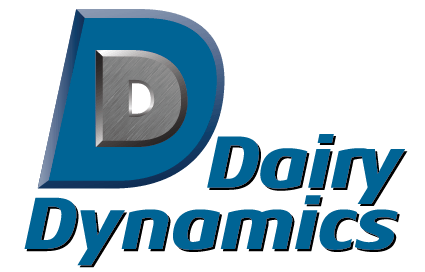The key concepts of sanitation is knowing what to clean, what soils are present, best practices for cleaning steps and washing, and maintain an understanding on how to handle cleaning chemicals safely.
Cleaning is the removal of milk deposits from all the milk contact points in a milking plant. If this process does not occur the milk quality will dis-improve and cause a negative effect on all subsequent milk passing through the milking system. To ensure top quality milk this must be avoided. The demand on dairy production is to produce high quality milk with a composition corresponding to the customers demands. To ensure this occurs we must focus on certain areas, one such area is that of cleaning, a vital element for every dairy farmer who wants to achieve the maximum level of quality and ultimately, profitability.
CLEANING VERSUS SANITIZING
- equipment surfaces
- equipment pipes
- tables and preparation areas
- conveyors
- utensils
- bins and totes
- Outside of equipment
- Environment
- floors
- drains
- walls
- light fixtures
MILK CONTAINS 5 TYPES OF SOILS
Milk carbohydrates are primarily lactose with small amounts of other sugars. Sugars usually dissolve in water and can be removed with warm water.
Milk proteins consist of the caseins and serum (whey) proteins. They sometimes may not be soluble in water. Typically proteins are removed from surfaces using chlorinated alkaline cleaners (high pH); Sometimes enzymes and oxidizers are added to help remove proteins. When protein residues build up they may leave a bluish or iridescent haze on equipment surfaces.
Milk fat consists of many fatty acids arranged in triglyceride structures that give it a broad melting range. Milk fat is not fully melted until 104°F (40°C). Alkaline cleaners (high pH) are needed to saponify the fat and remove it from surfaces. It is critical that the wash water be at least 120°F at the end of the wash cycle to ensure that the milk fat is removed completely from all the surface and pipelines in the processing system. If the water is too cold, then the fat will smear rather than being removed. This can result in a layer of sticky fat inside the system that serves as an anchor point for bacteria to form bio-films.
Milk minerals consist of calcium, phosphorous, magnesium, with trace amounts of other minerals. Minerals are removed using acid cleaners (low pH). Milk stone is a whitish or yellowish build up of mineral residue on surfaces. Water conditioning may be used to help prevent regular deposition of water and milk minerals on processing and environmental surfaces.
WHICH TYPES OF SOILS HAVE TO BE REMOVED?
WHAT TO LOOK FOR
- Fat – Greasy, oily appearance of surfaces
- Protein – Blue-rainbow hue varnish-like
- Milkstone – White to yellow deposits
- Iron – Red to brown or black
- Bacteria – Red or pink/purple coloring or staining
- Rubber fragments – Black or blackening residue
